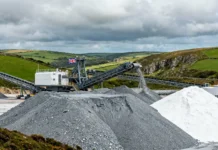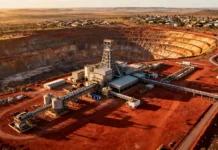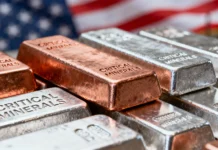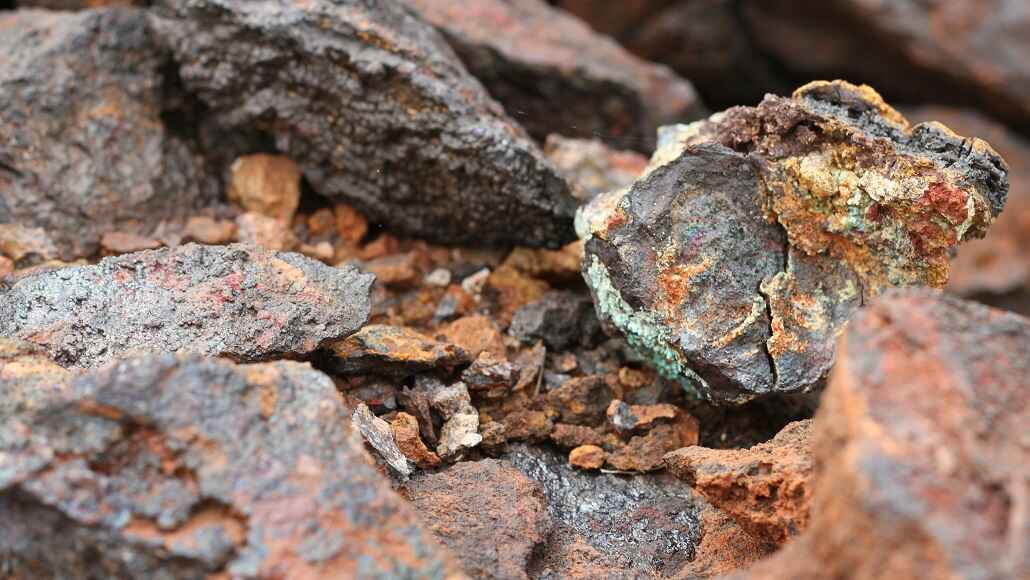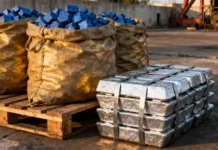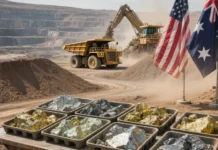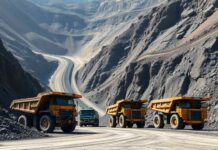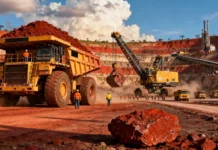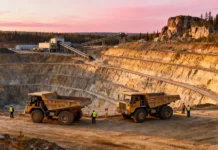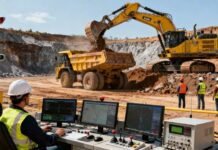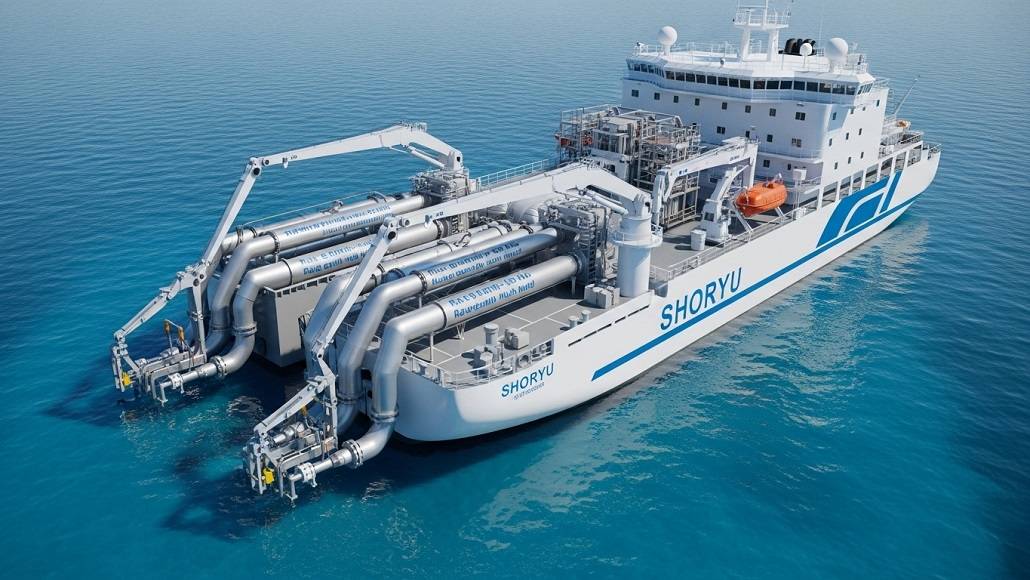The leader of the government-backed project said on Friday that Japan will start test for rare-earth-rich mud mining from the deep seabed off Minamitori Island, which is some 1,900 kilometres (1,180 miles) southeast of Tokyo, in January of next year.
Tokyo wants to make sure it has a steady supply of important minerals as China’s export regulations on rare earths become stricter. China is the main source of rare earths. Manufacturers across the world are worried that China’s move to limit exports of rare-earths alloys, mixes, and magnets might slow down production and mess up supply chains.
“The goal is to secure a domestic supply to enhance national security, rather than to enable private companies to profit from selling rare earths,” Shoichi Ishii, program director of the Cabinet Office’s national platform for innovative ocean developments told Reuters in an interview.
This would mark the world’s first attempt to extract mud mining from the deep seabed for the separation and refining of rare earth elements, he added.
As part of its larger efforts to improve marine and economic security, the Japanese government is moving forward with a national initiative to boost domestic rare earth production.
Surveys have confirmed the presence of rare-earth-rich mud at depths of 5,000 to 6,000 meters within Japan’s exclusive economic zone (EEZ) near Minamitori Island, Ishii said.
The mud is believed to contain dysprosium and neodymium, which are used in electric vehicle motor magnets, as well as gadolinium and terbium, used in various high-tech products, Ishii said.
The Japan Agency for Marine-Earth Science and Technology (JAMSTEC) will utilise pipes from a deep-sea research ship to get the mud. Then, the mud will be sent to the mainland to be tested for its rare earth concentration.
If everything goes well, the project hopes to start testing a device that can recover 350 metric tonnes of mud per day in January 2027.
The government is paying for the project, but they haven’t said how much money they are putting into it or how much oil they think they will find.



